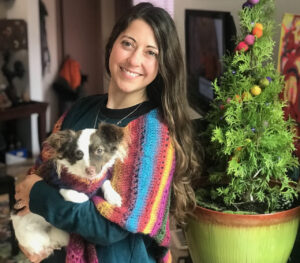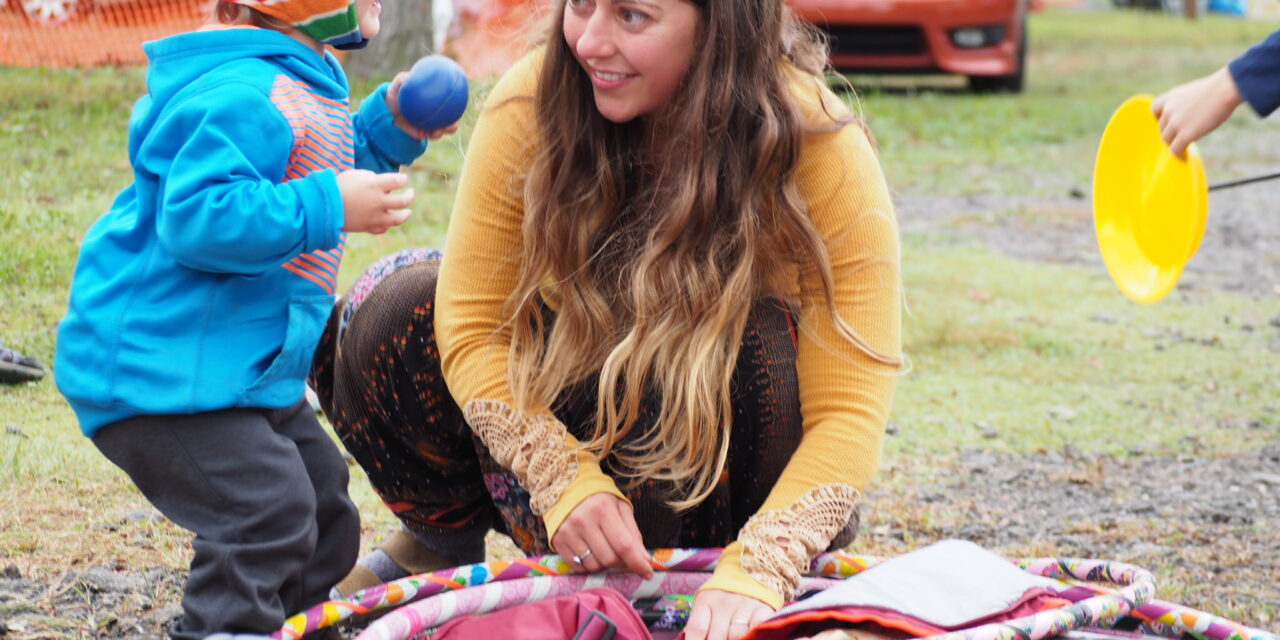By Amy Pinder, MA, CCC-SLP,
As a neurodiversity-affirming speech therapist, I support students with autism and other language learning challenges by helping them develop skills and confidence to communicate effectively. Over the past 15 years, I have come to realize that it is the interaction that matters more than the activity. The gleam in a student’s eye is the way into their world, and reaching that world varies with each individual.
I consistently find the gleam in my students’ eyes through joyful, regulatory, and play-based activities. Play provides a safe opportunity for learning, exploring, and targeting visual-spatial, motor, language, social-emotional, and executive functioning skills. I also encourage families to engage in play-based activities based on extensive evidence-based research detailing the benefits of play. A study conducted by The PLAY Project in 2014 showed that playful interactions increased caregiver and child relationships, improved social skills in children with autism, and reduced caregiver stress and depression. Play-based approaches are also relatively inexpensive, intuitive, and easy to implement compared to many therapeutic options.
 Music is another highly engaging, accessible, and extremely beneficial activity when working with individuals with autism. A literature review conducted by the American Music Therapy Association (AMTA) concluded that music is universally appealing and helps promote social, emotional, and cognitive skills across many different disability categories. Music is widely accepted as an evidence-based therapy that successfully reduces stress, enhances memory and cognition, improves communication, strengthens sensory processing, and diminishes maladaptive behaviors. Additionally, there is strong potential for communities with diverse needs and backgrounds to bond through shared musical experiences.
Music is another highly engaging, accessible, and extremely beneficial activity when working with individuals with autism. A literature review conducted by the American Music Therapy Association (AMTA) concluded that music is universally appealing and helps promote social, emotional, and cognitive skills across many different disability categories. Music is widely accepted as an evidence-based therapy that successfully reduces stress, enhances memory and cognition, improves communication, strengthens sensory processing, and diminishes maladaptive behaviors. Additionally, there is strong potential for communities with diverse needs and backgrounds to bond through shared musical experiences.
Incorporating play and music can look very different depending on the age, interests, and aptitudes of each child. Play might involve enacting scenes from a favorite video clip, using toys in conventional and unconventional ways, building forts, making up games based on a beloved character, or modifying and simplifying the rules of commercially available games. I often suggest starting with classic toys like hula hoops, jump ropes, and blocks, and demonstrating how they can be used functionally (spinning a hula hoop around the arm or waist) or imaginatively (using a hula hoop as a spaceship).
Children on the autism spectrum often need to be shown how to initiate ideas in play, so demonstrating ideas is helpful. Musical activities might include turning household items into instruments, creating dance sequences to favorite songs, or simply listening to a variety of musical styles during other activities to support mood and regulation. For example, meditative music can help with focus and attention while completing academic tasks. Upbeat music can lift the spirit and encourage silliness and exploration during play.
Do your best to tune into things that excite your child. Try to create an environment that highlights their passions and supports their challenges. Most importantly, be patient and have fun!
Amy Pinder, MA, CCC-SLP is an ASHA-certified neurodiversity-affirming Speech-Language Pathologist and Buffalo native. She is president of Circles of Communication, co-founder of Inclusion Festival, and Executive Director of Accessible Festivals. Watch Amy on Community Conversations, Wednesday, April 19 at 8 pm or Saturday, April 22 at noon on WBBZ-meTV Channels 5 and 67.












